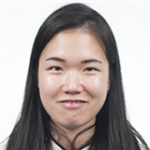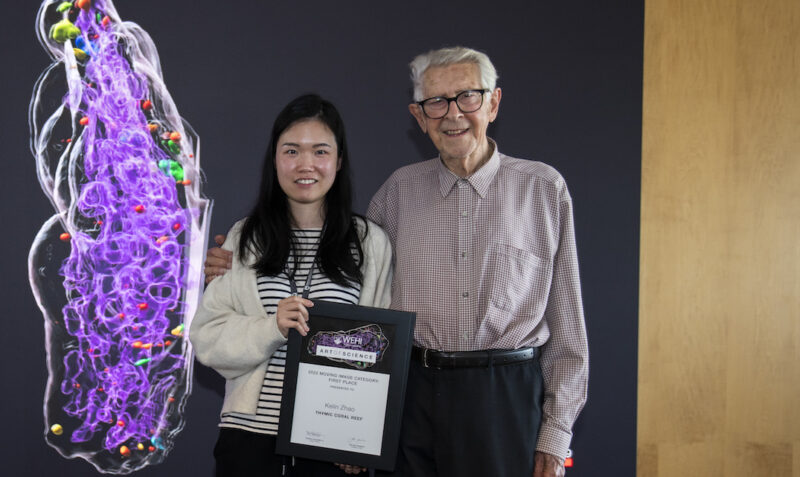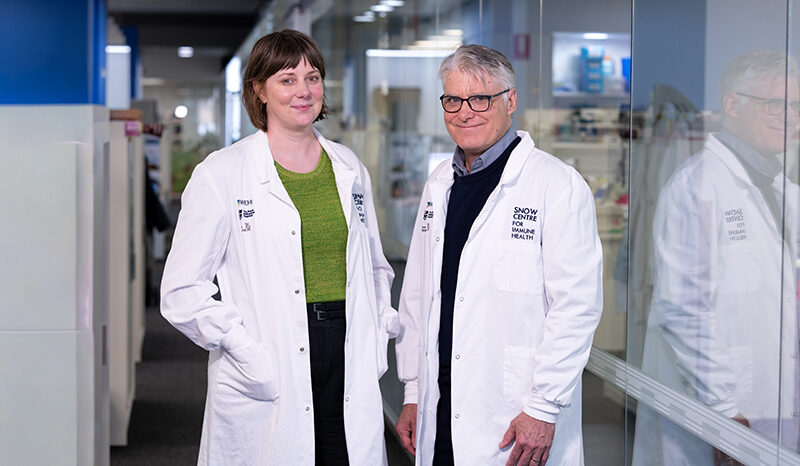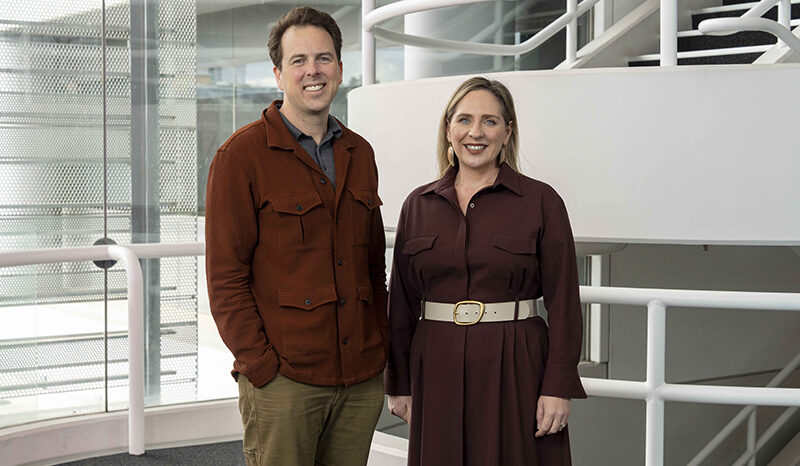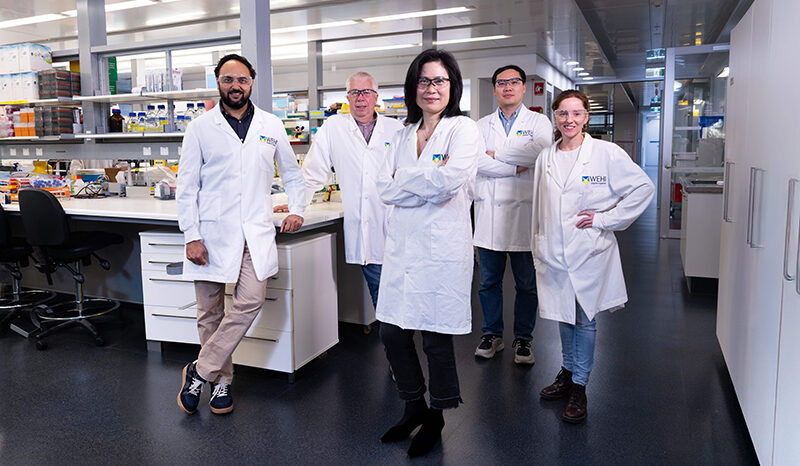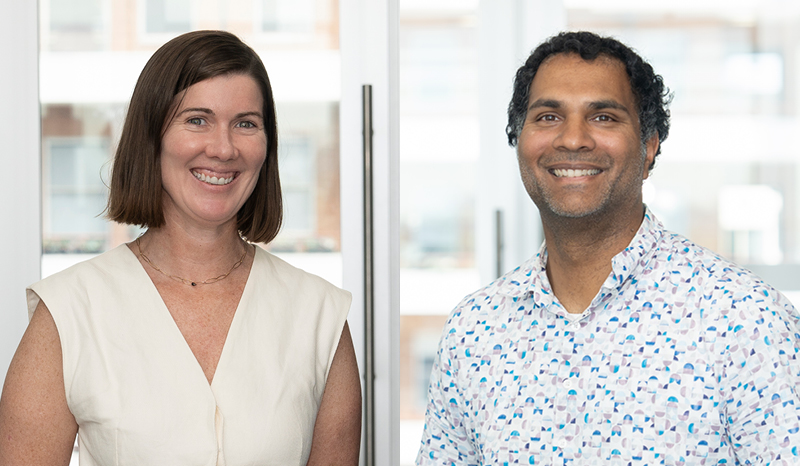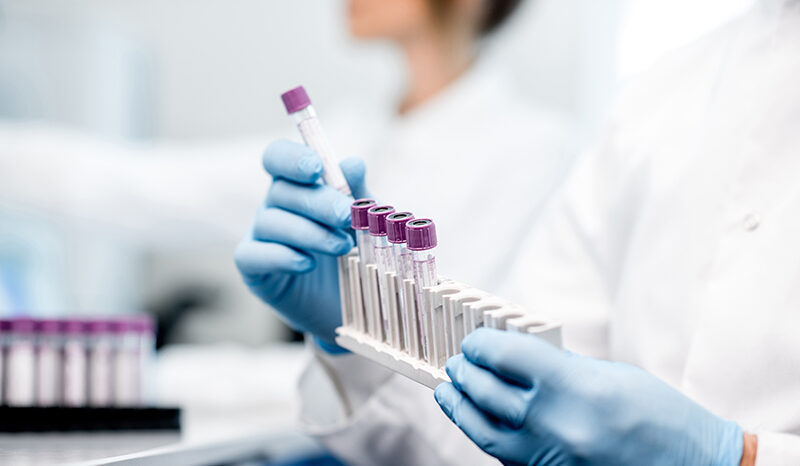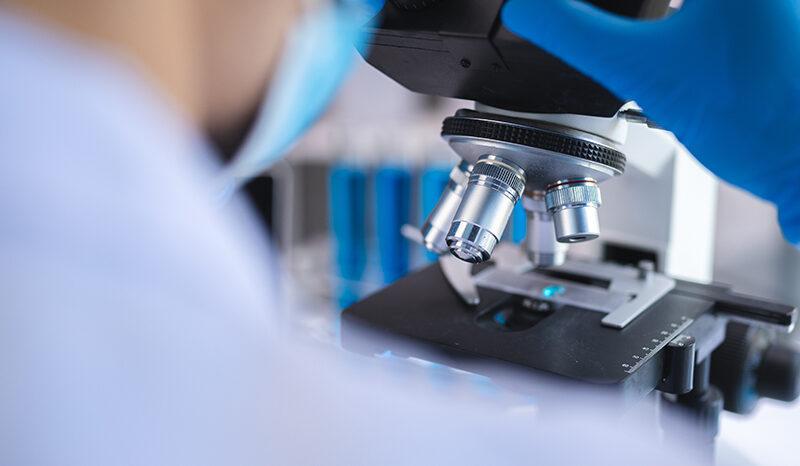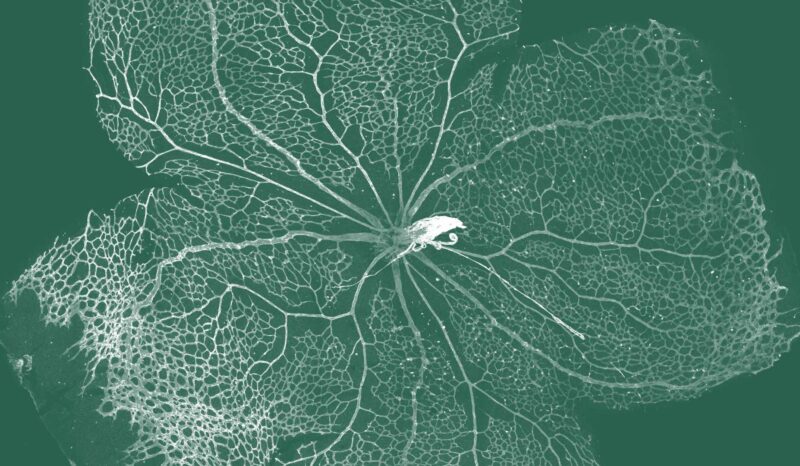Jacques:
When I began my PhD in the late 1950s, the thymus was considered a vestigial organ with no known function. It was believed to have become redundant over the course of evolution and just seen as a graveyard for dying white blood cells called lymphocytes.
My experiments led me to conclude that the thymus at birth had a role and function that must be essential to life, but I had no idea at that time it would turn out to be just so important.
A few years later, Gus Nossal – who I had known since our school days in Sydney – invited me to join WEHI.
Working with my first PhD student, Graham Mitchell, we were able to show that there were two kinds of lymphocytes with different functions: those derived from the thymus, now called T cells, and others derived from bone marrow, now called B cells.
We got spectacular results using no more sophisticated equipment than Petri dishes!


